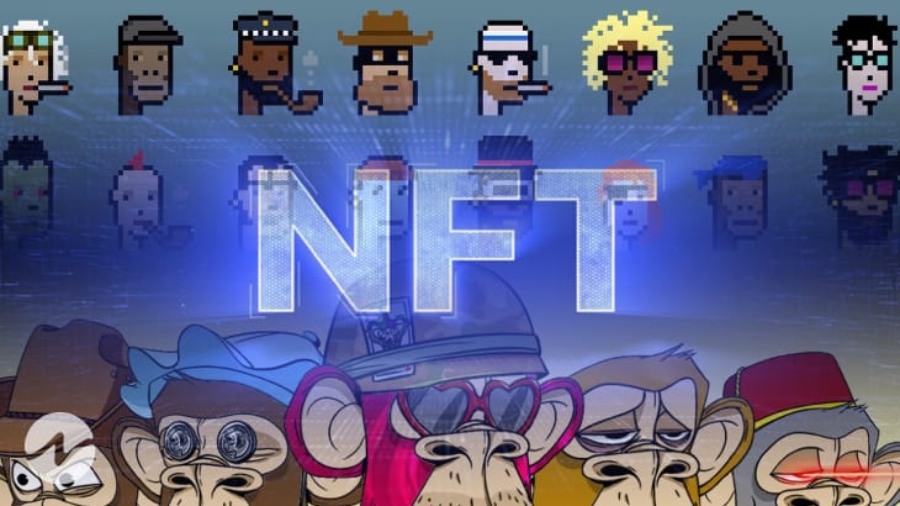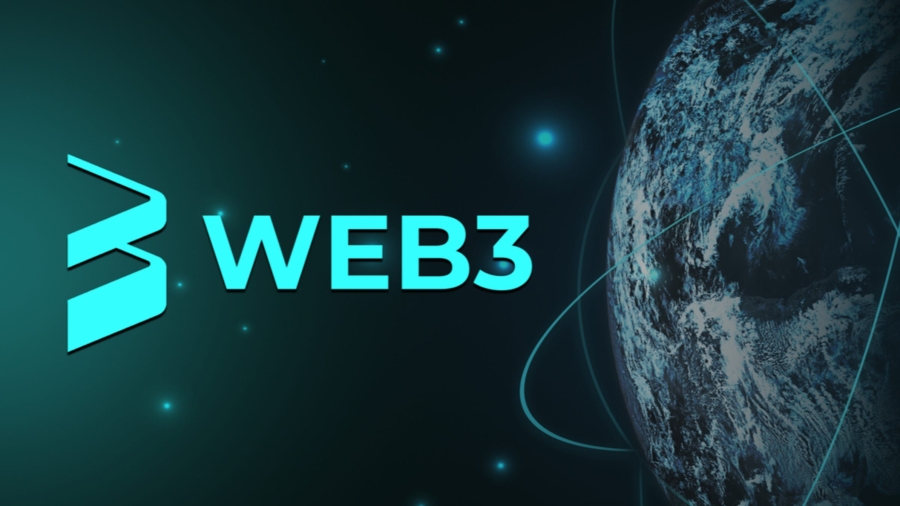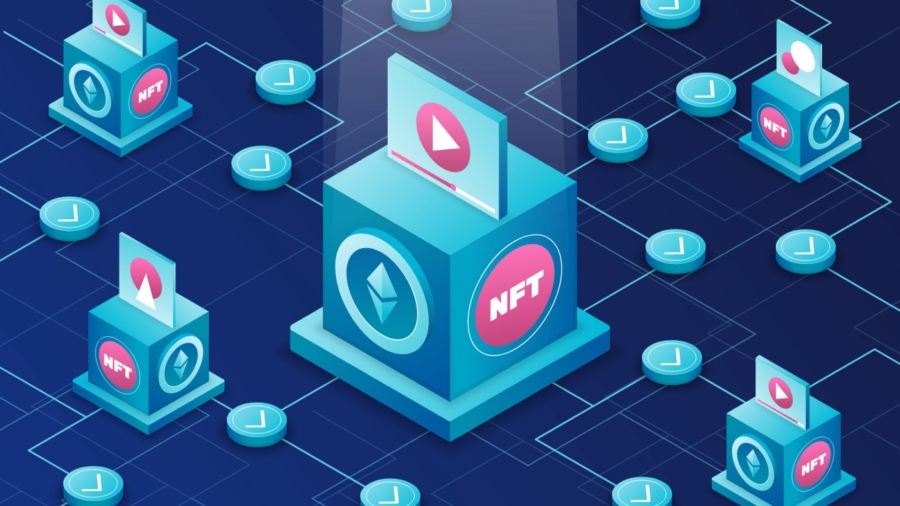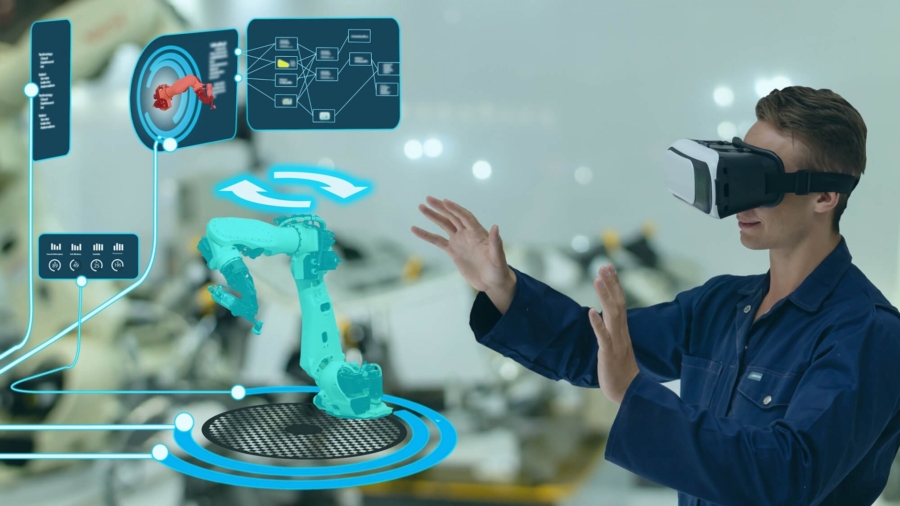Craze behind NFT continues to flourish persistently. It just started in the previous year and NFTs started to conquer the world by becoming the talked topic of the town. Based on the Chain Analysis report, NFT witnessed profits that crossed over $27B at the end of 2021.
Now, NFTs upgraded to its next better version and it is quietly referred to as “Version 2.0”. Next phase of the NFT begins by creating a hype among the business freaks and industrialists. As NFTs have become a favorite exchange asset in the modern day, consider a business in the upgraded version 2.0 can meet the demands in the future.
What Is NFT 2.0?
NFT 2.0 is the big evolution & in nutshell it is the next version of NFT 1.0. It is introduced with a motto of taking NFTs to the next level by introducing rare features to the NFT assets. By NFT 2.0, more utilities to NFTs can be added by creating digital NFT assets. NFT 2.0 welcomes users to enjoy smart and realistic NFTs in our market.
NFT 1.0 Vs NFT 2.0
| S.No | NFT 1.0 | NFT 2.0 |
| 1 | No provision to interlink with multiple NFTs | Allow interlinking of multiple NFTs |
| 2 | NFTs cannot be upgraded to next as it cannot be modified at any cost | Modification of NFTs is possible by adding Metadata |
| 3 | NFTs cannot be connected with each other for following commands like modification | It allows NFTs to offer commands to each other for later executing changes on its functionalities |
| 4 | No co-ownership provision of NFT | Allows multiple ownership for a single asset |
| 5 | NFTs cannot be rented | NFTs can be rented for improving liquidity |
| 6 | It could not be customized for a better outlook | It can be customized easily for enhancing it’s output |
| 7 | Less dynamic with less features | More dynamic with more features |
| 8 | Possibility to have risk in future | No risk as it is difficult to hack |
| 9 | Creating high quality projects is less when compared to version 2.0 | Creates high quality NFT projects |
| 10 | No passive income can be earned as NFTs cannot be rented | Passive income can be earned by NFT rentals |
7 things you should know about the New NFT Trend
Customized NFTs
NFTs in 2.0 is designed in a way that it can be linked to multiple designs. In real time if a user accesses a book then the NFT 2.0 shows the relent design of the book accordingly.
Smart NFTs
Smart contracts can be linked quickly with NFT 2.0. To be precise, if ownership of the NFT is changed then the NFT 2.0 has the capability to change the ownership of the NFT in blockchain with the support of smart contracts.
Co-owned NFTs
Now it is possible to claim for a double ownership for the single asset. Multiple ownership can result in building trust among the users on an asset.
Nested NFTs
NFT 2.0 allows infinite nesting of an asset, which means one NFT can own another NFT. It allows one NFT to own another NFT and it can have sub-ordinate NFT and so on. It will be more useful in gaming, art and metaverse.
NFT Rental Model
NFTs can be rented for earning passive revenue. It constantly improves liquidity and it makes NFTs much smarter, adoptable and reliable for the users.
Multi-resource NFTs
NFT 2.0 has a potential to link with multiple resources like image, video, audio, art and so on.
Reactive NFTs
Based on a certain set of conditions the NFT reacts accordingly. Thus it serves for different purpose.
NFT DAOs
NFT 2.0 is associated with NFT DAO. Since NFTs are costly DAO functionality is interlinked to reduce cost.

Characteristics Of NFT 2.0
Generativity
NFT 2.0 offers great opportunities to grow in the future as NFTs will be more relatable and accessible for people. AI will do this by offering a personal suggestion for a user.
Composability
With NFT 1.0 a one-to-one exchange is done but customizing an asset does’nt happen. NFT 2.0 allows quick customization of an asset for developing a new personalized asset.
Interactivity
It makes NFTs more interactive and smart as it can take input from the people. Based on the set of commands and input feed the NFT upgrades itself from one version to the other.
Experientiality
Delivers enriched user experience for the users as NFTs offers advanced utilities to the NFT holder.
Why Is NFT 2.0 Trending?
NFT 2.0 will be a big thing in the year 2022. The technological advancements and headlines shows it has become a trend among the NFT circle. Even today NFTs have become a part and parcel for everyone and its growth is evitable in the upcoming days.
To enhance its growth more and more, the new features are introduced in version 2.0 like NFT interlinking, upgrading, and dynamism. It makes NFTs better from the previous version and now it’s trending among the NFT enthusiasts.
Power Of NFT 2.0 In Influencing A Business
NFT evolves! Why not you?
Surge and popularity of NFT 2.0 results in generating passive income for the NFT owners. Many business freaks has taken a step by making a footprint in developing multipurpose NFTs. Any creative asset can be created that serves distinct usage. It is time for you to flourish with NFT version evolution by upgrading your business to the next level.








